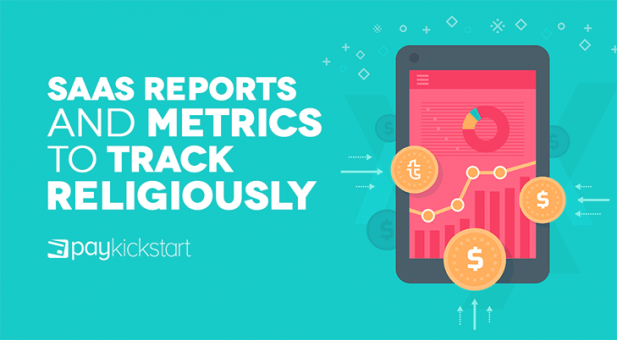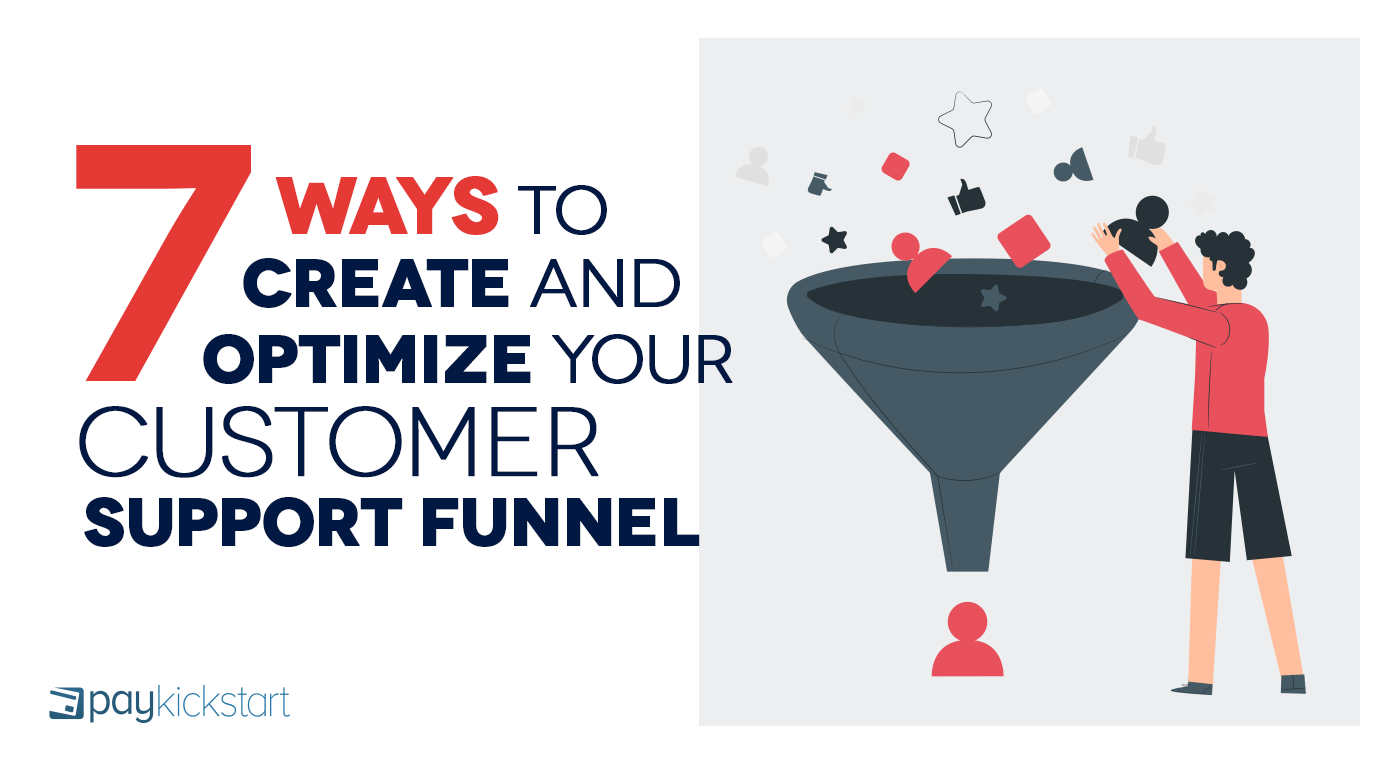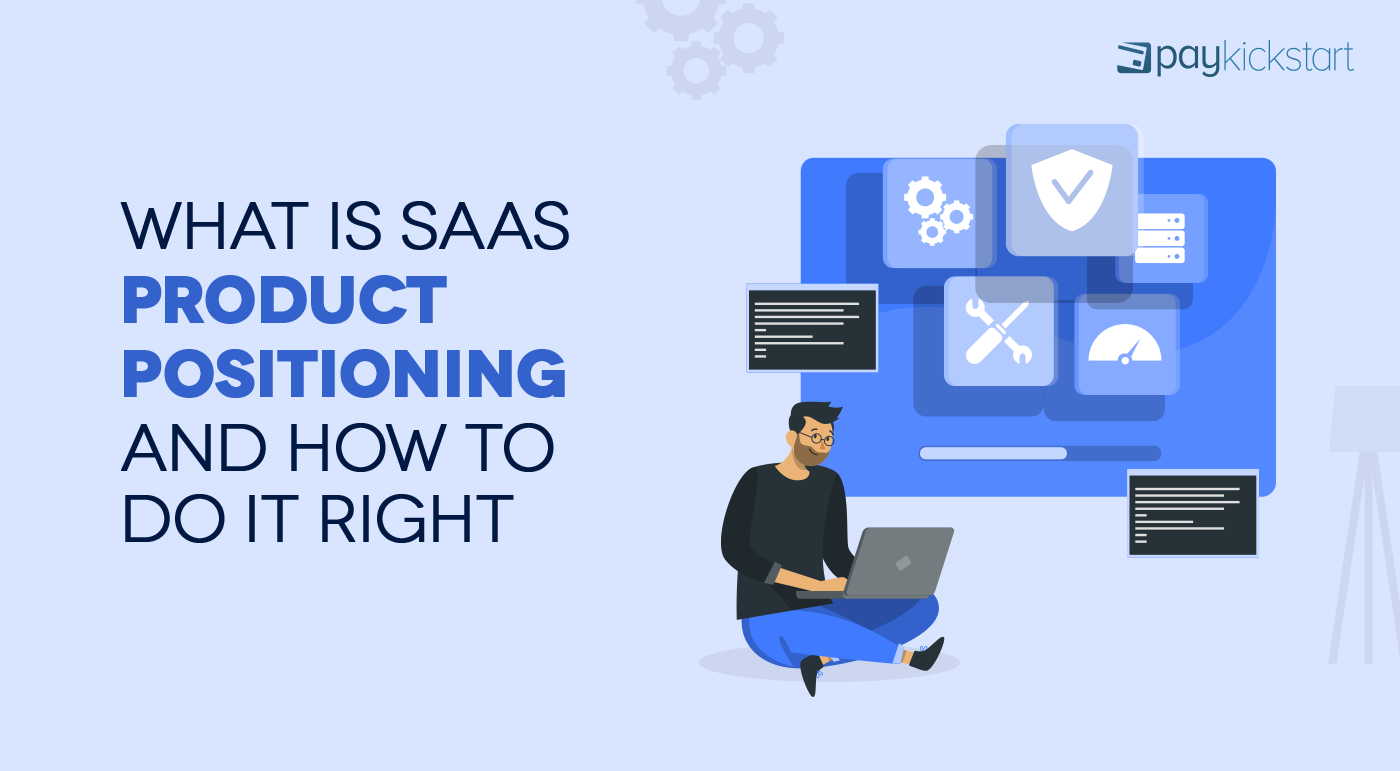Subscription growth hack (by PayKickstart)
Facebook Group - 3,932 members
Visit Group
If you want to succeed in the competitive jungle that is the World Wide Web, a sound data strategy built upon SaaS metrics is vital. These days, the best companies are data driven. They make decisions, at least partially, based on what their metrics tells them. By tracking SaaS metrics and finding key insights, leaders can make informed decisions that are more likely to produce positive results.
Software-as-a-Service providers especially can benefit from data analytics. Fact is, the SaaS sector is exceptionally cutthroat and given the relatively high lifetime value of each individual customers, every additional conversion you generate could go a long way.
Let’s take a look at some SaaS metrics you should follow closely and how you can use them to craft a basic data strategy.
A good first step is to calculate your average customer’s lifetime value. I’m recommending this SaaS metric first so that you can understand what’s at stake. A customer’s lifetime value is the amount of revenue they generate before they “churn”, or stop subscribing to your SaaS and is offset by your gross margin.
You can calculate your average customer lifetime value by taking your Average Revenue Per Account, multiplying it by your gross margin, and then dividing by your customer churn rate.
From: https://chartmogul.com/metrics/ltv/
Once you have a solid understanding of how much each customer is worth, you’ll understand just how high the stakes are. Often, SaaS customers can be worth thousands of dollars over the course of their lifetime.
Now that you understand just how valuable each individual client is, you need to figure out how much it costs to acquire your customers. Fortunately, calculating this SaaS metric is relatively straight forward. First, figure out how much you’re spending on marketing in a given time period. Then divide that by the number of customers you were able to drum up in that time frame.
Customers can be expensive to acquire.
Let’s say you spent $10,000 on marketing last quarter and you acquired 100 customers. That means your CAC is $100. Next, let’s take a look at your CAC Payback period. This is the number of months it takes to earn back the money invested acquiring a new customer.
So with the above example, if your SaaS charges $10 per month, that means your CAC payback period is 10 months. If your SaaS charges $100 a month, that means your CAC Payback period is just one month. Obviously, the quicker you can pay down your acquisition costs, the better.
Confession: there are multiple different types of Monthly Recurring Revenue (MRR) churn rates, including your net and gross churn rate. Your churn rate will tell you how much money you’re losing per month (or quarter). These various types of churn rates are among the most important SaaS metrics you should track.
Pay close attention to your Monthly Recurring Revenues as they are one of the most important SaaS Metrics.
Some SaaS companies make the mistake of focusing only on the new revenue coming in, not the money they’re losing. This could prove fatal. However, by keeping a close eye on your churn rate, you’ll have a solid grasp of how much money you’re losing per month and how much you need to make up.
First, you can start by measuring your net churn rate, which shows your monthly revenue churn minus revenue added. You should also calculate your gross MRR churn rate, which will show the percent of revenue lost per month. Check out this blog post if you’d like to learn how to calculate your MRR churn.
It’s also wise to pay attention to your customer retention rate. If the rate starts to suddenly decrease, say dropping from 95 percent to 85 percent, you might have a problem on your hand. Your software might be working incorrectly, a competitor may be undercutting your prices, or another SaaS may offer better features.
One of the tricks to successfully running a SaaS company is to upsell your current customers. While many SaaS companies focus most of their efforts on acquiring new customers, this can actually be a mistake. Your current clients may actually be a more valuable source of revenues.
Order bumps are one tool we offer that is effective for upselling.
Think about it, your current clients are already qualified. They’ve already demonstrated a need for your products and services, and they’ve decided that they like your solutions. Quite simply, your current customers often make for your best customers.
By offering additional services and features to customers, you can drive in more revenues. At PayKickstart, for example, we offer basic, professional, and premium plans. Each plan is priced differently and offers a different mix of features, with the more expensive plans offering more tools that you can use to increase sales.
By tracking your expansion monthly recurring rate, you can keep an eye on how much “expanded” revenue you are tracking per month. And if your expansion MRR is low, you should consider shifting resources and increasing it.
Your lead velocity rate shows how much your qualified leads are growing per month. This SaaS metric, in turn, is one of the best indicators of your future growth. Lead Velocity rate is especially important because it’s a real-time measurement, not a lagging one. Many analysts consider lead velocity rates to be more important and accurate of future growth than your revenue growth itself.
There are tons of other important SaaS metrics that you should track and follow religiously. Conversion rates for specific landing pages, web traffic, revenue growth rates, the more data you have, the better. But you might be wondering, what do you do with all of that data?
Developing a data strategy is vital for every SaaS company. I chose to highlight the above SaaS metrics because by tracking them, you’ll have enough basic components to put together a competent data strategy. As you formulate your strategy, you want to develop an in-depth understanding of how your company performed in the past.
Your CLT and CAC will both provide a lot of insights. Understanding your churn and monthly recurring revenues will likewise help you understand the immediate past and also how you’re performing right now. Your customer retention rate will also help you understand the present.
By combining all of the above into a cohesive understanding of your company and its position, and by also examining your lead velocity rate, you can even begin to make educated guesses about the future. However, keep in mind that the future is always impossible to predict with complete confidence.
As you start to track more SaaS metrics, you’ll be able to expand and hone your strategy. And along the way, your data and metrics will keep you informed, helping you understand how decisions are impacting performance.
Matt Callen is co-founder of PayKickstart. He has founded several million dollar online businesses and lives in Indianapolis. Since 2006, he has helped hundreds of thousands of entrepreneurs scale and grow their online businesses with software and automation.
Read More About Matt Callen
